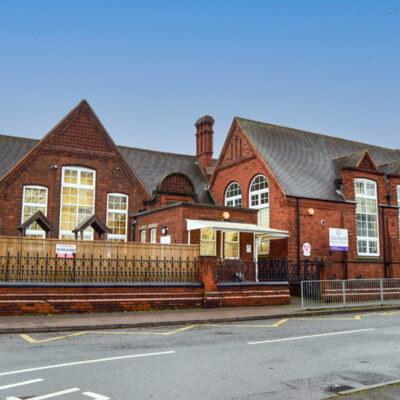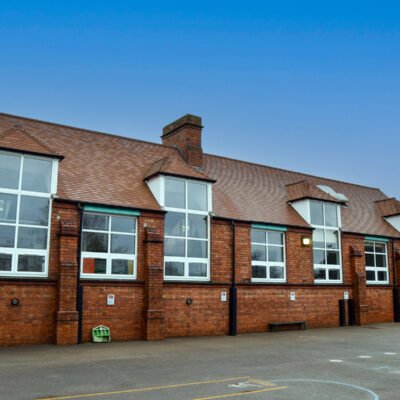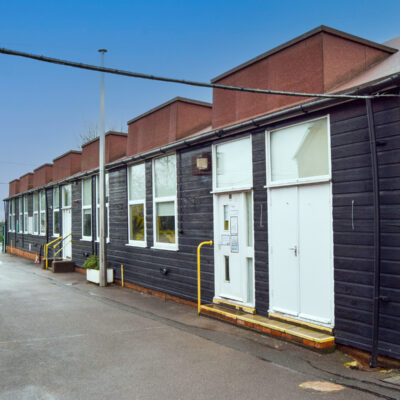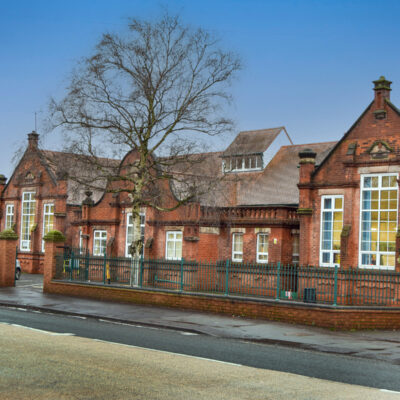Heritage Impact Assessment, West Midlands
Border Archaeology undertook a Heritage Impact Assessment with regards to a planning application for the demolition of an existing timber classroom block and replacement with a modular classroom block (with timber cladding) at Elmore Green Primary School, Bloxwich, Walsall.
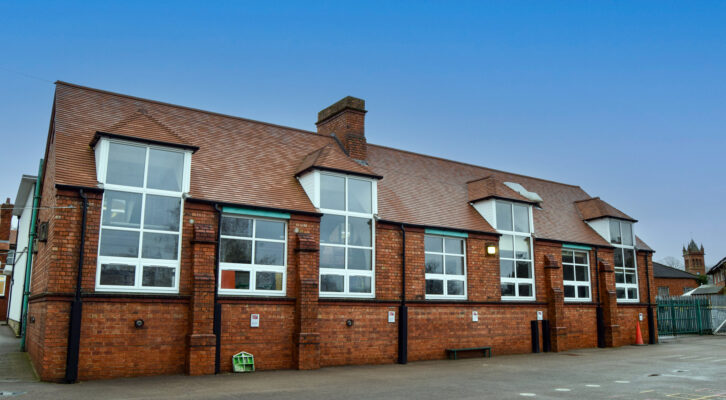
In Brief
Key Points
- Assessment of the impact of the proposed development on Elmore Green Primary School, an early 20th century school (opened in 1904) situated within the Bloxwich Conservation Area.
- The assessment was informed by a detailed site visit, consultation of the Walsall and Wolverhampton Historic Environment Record, documentary records, historic mapping and old photographs.
- The Heritage Impact Assessment considered the impact of the proposed scheme on the historic fabric and setting of Elmore Green Primary School, regarded as a non-designated heritage asset and its wider setting within the Bloxwich Conservation Area, an historic settlement of medieval origin with a significant grouping of 19th century buildings.
Summary
The timber classroom annexe proposed for demolition was a utilitarian structure of limited significance in historical and architectural terms, the building being of 1930s date and thus later than the majority of the school complex (opened in 1904). The proposed new classroom would resemble the existing building in terms of its scale and external cladding and would occupy virtually the same footprint as its predecessor.
In terms of impacts on the wider setting of the Bloxwich Conservation Area, it was determined that the impact would be minimal, due to the location of the new classroom building to the rear of the school complex, with limited visibility from vantage points within the Conservation Area.
Results
The overall impact in heritage terms was assessed as Neutral to Slight, reflecting that the timber classroom building to be demolished was an ancillary structure of 1930s date and of limited significance in heritage terms, being of later date than the majority of the school complex (opened in 1904). The replacement classroom will also retain its existing siting, extend minimally past its existing footprint, and its external timber cladding will resemble the existing structure. The planning application was approved, allowing development to proceed.

